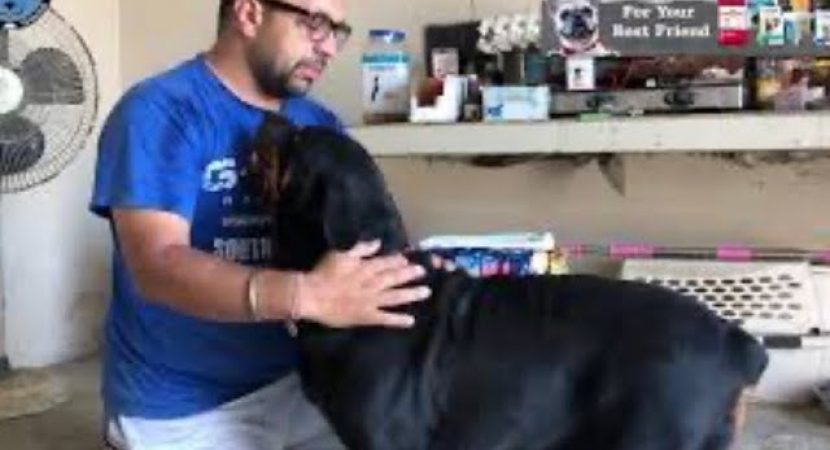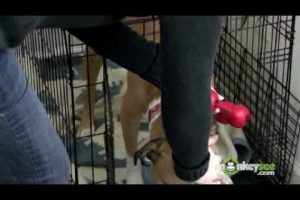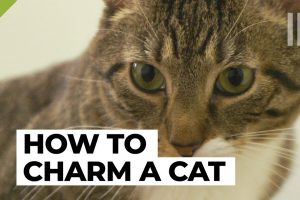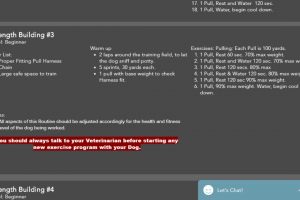Find more at http://www.bholashola.com
Download Our Android App: https://play.google.com/store/apps/details?id=com.bholashola.bholashola&hl=en
Download Our iOS iPhone App:
https://itunes.apple.com/in/app/bhola-shola/id1331711986
====== Social Links ==========
Facebook: http://www.facebook.com/bholashola
Twitter: https://twitter.com/bholashola
Instagram: https://www.instagram.com/bholashola/
Google Plus: https://plus.google.com/+bholashola
Pinterest: https://in.pinterest.com/bholashola/
LinkedIn: https://www.linkedin.com/company/bholashola
UC News: http://con.mp.ucweb.com/personal/index/2221e32ffcb3475cbb650a312d33410d
Pet Care is a pet awareness initiative by Harwinder Grewal. Who is a director of Bhola Shola Pet Services and Farm Private Limited. In his videos, you can get deep knowledge about pets in the Hindi Language. He also tells most of the hidden aspects of Dog Business and Pets Business.
For more details about microchip registration click on the link for watching a complete video click on the link please
link:-https://youtu.be/eWosNEZXCEw
Dog losing hair? Here are potential causes — and how to treat it
Amy Jamieson
Feb. 1, 2019
“Some breeds are naturally going to shed a whole bunch and some breeds aren’t going to shed very much at all,” says Dr. Chris Reeder, a veterinarian at BluePearl Veterinary Partners in Nashville, Tennessee, who is board-certified in dermatology. “You have to look at what kind of breed of dog you have and if it’s normal and natural for them to shed a lot, versus the dogs that don’t normally shed a whole lot.”
Hair loss with infection
Examples of this are bacterial or yeast infections and also ringworm, which is a fungal skin infection. Bacterial or yeast infections are “usually secondary to some underlying cause,” Reeder says. “Occasionally you can have more than one cause for the hair loss and so a lot of times those can be piggybacked onto parasitic infections, hormonal imbalances or these allergic conditions. Those can be a secondary complicating factor with those other things that are going on and they make it even worse.”
Treatment: Your vet will treat bacterial or yeast infections with antibiotics. For ringworm, an antifungal like a topical cream or ointment is used.
Allergic hair loss
There are three types of allergies that are most common, according to Reeder, environmental or what they atopy — meaning something they’re allergic to in the environment — and then flea allergy and food allergy.
“Any of those can create traumatic hair loss, meaning the dog’s itchy, scratchy, they’re going to have symptoms of being allergic, other than hair loss,” he says. “[Symptoms include] scratching, in some of these cases you may or may not see fleas. They’ll be really itchy.”
Allergic hair loss is not typically symmetrical, he adds.
Treatment: For environmental allergies there are many types of treatment options.
Hormonal hair loss
“There’s a ton of different hormonal reasons for why dogs lose their hair,” Reeder says, adding that with hormonal hair loss, it’s typically very symmetrical and usually affects the trunk of the dog.
One of the most common causes of hormonal hair loss is Hypothyroidism or a low thyroid.
“I feel like [it’s] over-diagnosed, but it certainly causes hair loss,” he says.
Additionally, Cushing’s disease or atypical Cushing’s disease are other common causes.
“That’s an overproduction of hormones,” he says. “So you’ve got too much of these hormones produced by the adrenal gland that cause suppression of the hair growth, then we get hair loss.”
Treatment: If hormonal production is too low, your veterinarian will prescribe thyroid supplementation. If it’s too high, medications that will reduce hormone production will be prescribed.
Nutritional hair loss
“Dogs can lose hair when they’re not receiving proper nutrition.
“There’s a lot of [owners] who are really interested in home cooking diets, and that’s one of those that I would be cautious about,” Reeder says. “To make sure that the diet is well-balanced.”
If it’s a commercial food, most of the time it will be balanced, Reeder says, but if you’re making it yourself you’ll need to make sure it’s packed with what your dogs needs to stay healthy.
“So many people are making their own diet, this can be an issue for some cases,” he says.
Treatment: Usually your vet will investigate other causes first, Reeder says, and check a dog’s body condition score (the equivalent of the BMI for humans) and ask questions about your dog’s meals. If a nutritional imbalance is determined to be the cause, you’d need to work with your vet on changing the diet.
From :-www.care.com
Thanks for watching our video. Please like this video if you liked it. Also, subscribe to our channel here: https://www.youtube.com/BholaShola
View Original Source
























